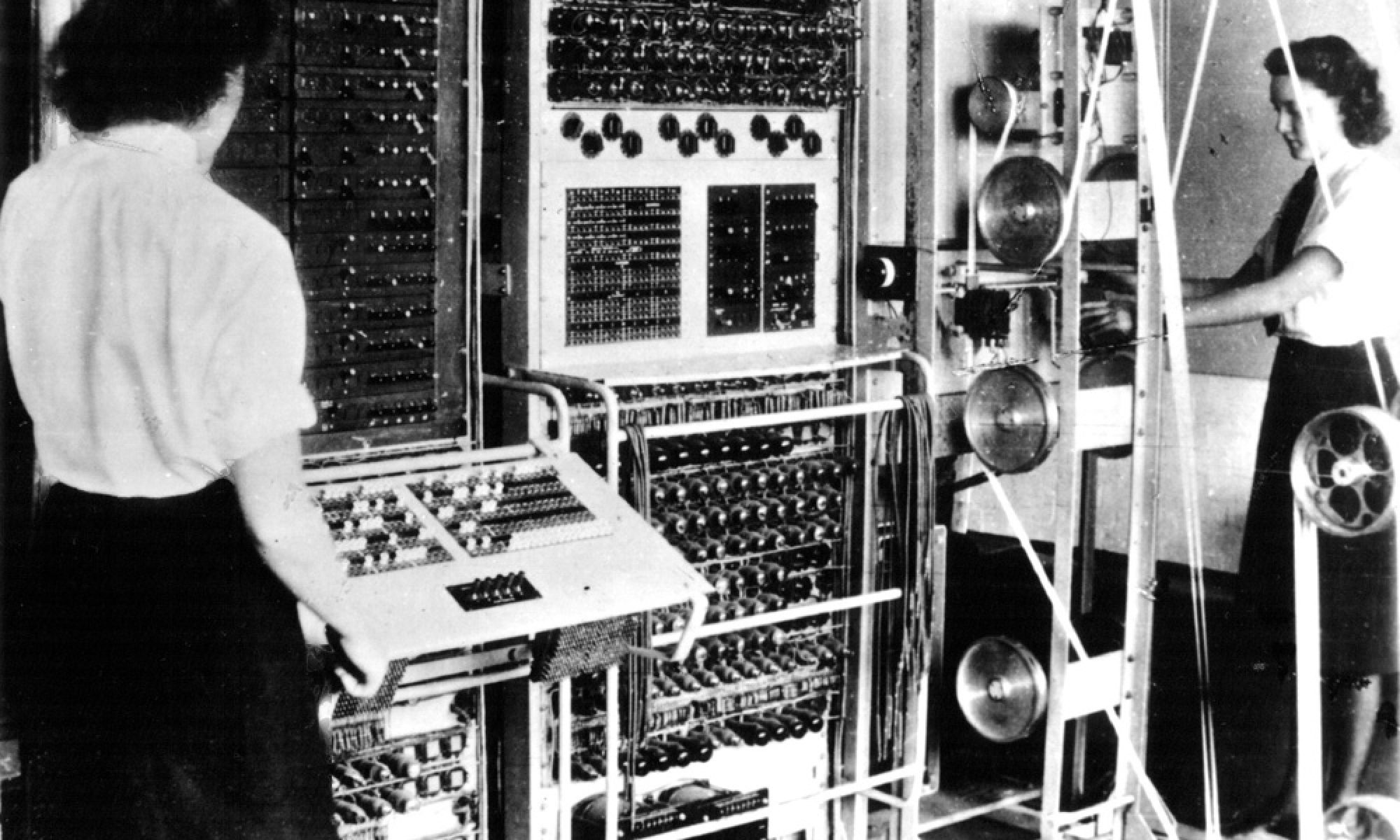Our project consists of examining different expansion projects that the University underwent during the 20th Century. We decided that if a source includes additional important information, we’ll include it in our analysis. For example, if a source explains the effect of a certain type of expansion project, such as increasing the population of the school, we will include it to show the growth of the University. We will include a Timeline of at least 7 University projects so the audience can see how the University is growing and renovating as time goes on. The project got off to a rocky start because of illness, but we’re attempting to overcome it and do the best we can. Our project will be compiled in a Google Site and the link will be posted on the class website.
Class Visit to the WML Special Collections Library
This past Monday, the HIST 190 Digital History class met for a lecture on the fourth floor of the Weinberg Memorial Library, where we met with the University’s Special Collections Librarian, Michael Knies. In our hour with him, we learned much about the University’s special collections, which includes a Medieval manuscript from the 1300s and art from the master penman P.W. Costello. Associate Professor Knies explained to our class the process of having works – especially books – digitized, and elaborated on the pros and cons and drawbacks of digitizing certain books. One of the biggest drawbacks in trying to digitize the Library’s collections is the vast amount of works in the collection: there simply isn’t enough time or manpower to digitize and catalogue it all! There are many pros to digitizing works in general, but one of the cons as it was explained to us is that book pages are torn from the spine to be scanned, which ruins the book in its original form. Associate Professor Knies also told the class about the U of S’s correspondences with famous celebrities, most of which were possible arrangements for the celebrities to visit the University. Overall, the University of Scranton’s Special Collections is quite interesting and varied, and is a valuable resource for research within the community of Scranton!
